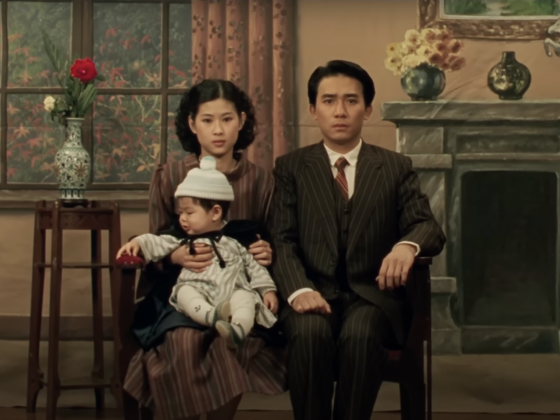Author Julia Huang
Yosifu, who did not receive any formal training in art school, uses colors in a bold and unrestrained manner. His paintings adorn New York subway carriages and the Taoyuan Airport Line and the Puyuma train in Taiwan. When one looks at Yosifu’s works, one could virtually hear the wind and sense the rainbow-colored skies of his hometown of Yuli(玉里) in Hualian County.
The Lung Yingtai Cultural Foundation(龍應台文化基金會) invited Yosifu to give a talk about his struggle to construe his identity, how he overcame negative social labels and turned adversity into opportunity, finally returning to his true self and indigenous roots through art. The following are some highlights from the artist’s talk:
I am Yosifu, an indigenous contemporary artist from Yuli in Hualian County. I grew up in Matailin, an indigenous village near Ruisui township, but have lived in the UK for 21 years.
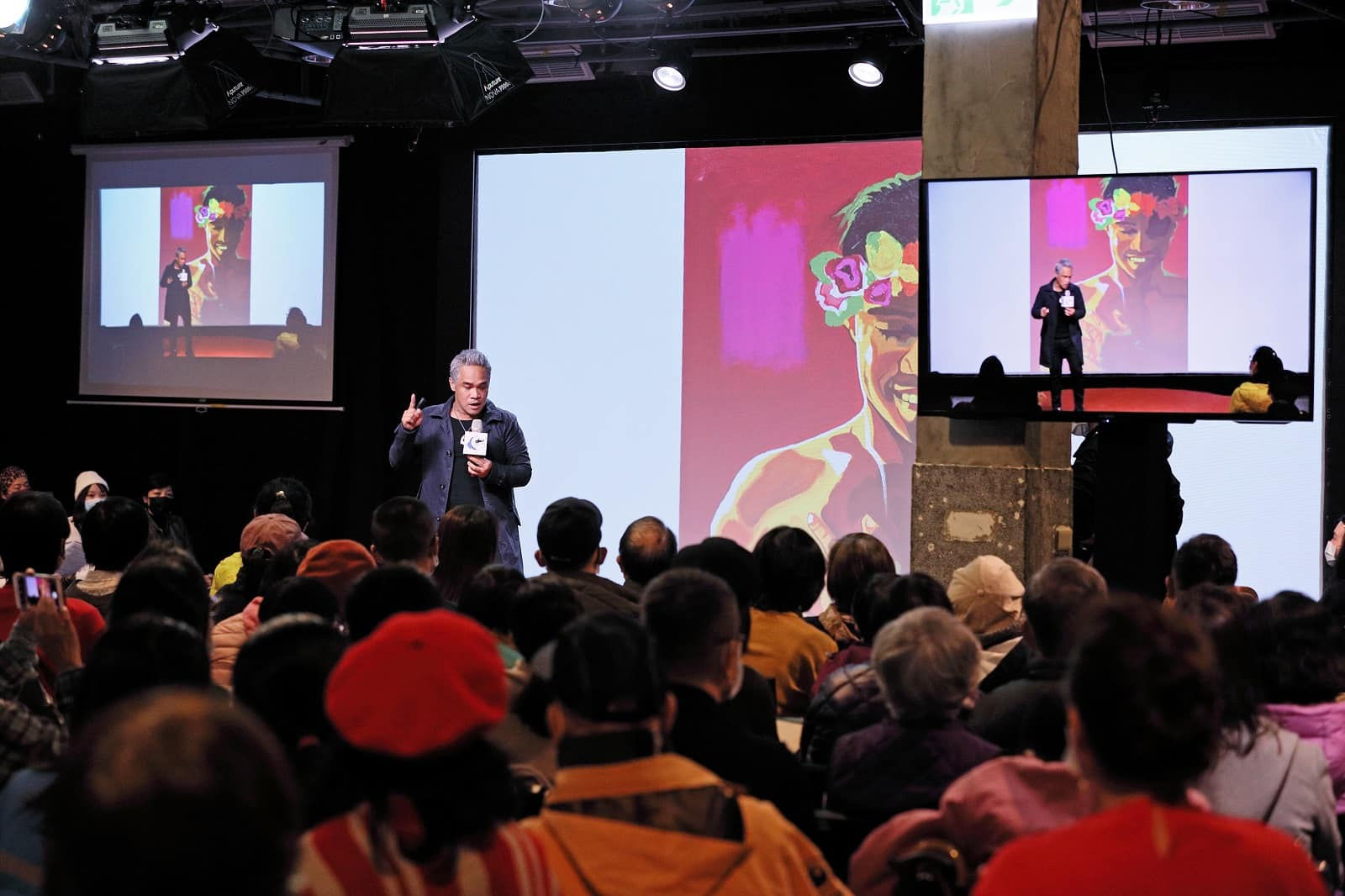
During the past two years, I returned to engage in placemaking. I hoped to spend time with my elderly parents, but more importantly I wanted to return to the village that raised me and pave the way for young people to return home.
Persistence Pays Off
In the past, I really wanted to become a singer, but I couldn’t make my dream come true. Sad and depressed because of my failure, I left Taiwan for Edinburgh where a friend had invited me. There I worked as a house painter to make a living.
Being far away from home and slaving away as a basic laborer, I felt depressed, and my life felt almost unbearable. One time I traveled to Greece with a friend. There I saw three little blue angels in a dream who told me “Hey! It’s time to paint!”, which rekindled my passion for painting and drawing.
At the time, I practiced painting a lot, but unfortunately no one recognized my talent. This changed on the day when my paintings were unexpectedly discovered by the curator of the Edinburgh Art Festival; that was when I finally gained the opportunity to exhibit.
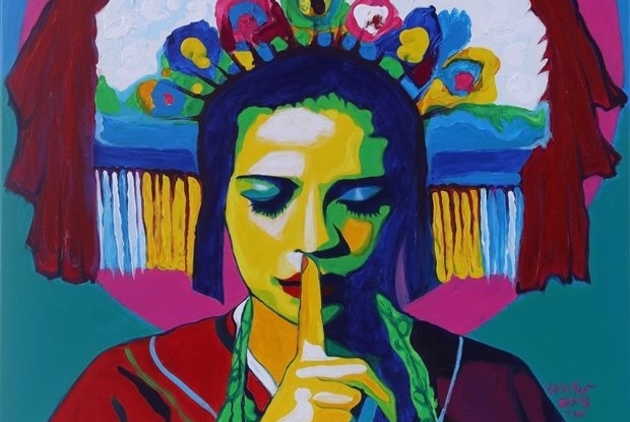 (Photo・ Yosifu)
(Photo・ Yosifu)
Being given such an opportunity inspired me. Back then, I was knocking on doors, visiting stores hoping to exhibit my works and sell them on site, but I kept being rejected. One afternoon I saw a coffee shop on a street corner, and I relentlessly pitched my paintings to the owner, unwilling to give up and leave. Moved by my persistence, the proprietor finally managed to find a five-day period on his calendar that had not yet been booked.
These five days felt like a year. Every day I hung out outside the coffee shop, hoping to see people buy my pieces. Eventually, 80 percent of my works were sold. And I could finally send money home to help my parents pay tuition and lunch money for my younger siblings.
If I had given up this 18th opportunity to knock on someone’s door, I wouldn’t be the person I am now. Resilience comes from always persisting. If someone rejects you, this doesn’t mean that you aren’t good; you’ve probably just not yet met the person who truly appreciates you. Don’t be afraid of failure, because as long as you keep going there will eventually be a door opening up for you.
House painters and painting artists both need brushes and paints. Through my work as a house painter, I gained a feeling for the brush stroke and developed a keen sense for color tones and the ability to harmonize colors. Although I am not a trained artist, I am able to create a greater range of color mixtures which, in combination with the bright colors of the Amis people, form my unique personal artistic style.
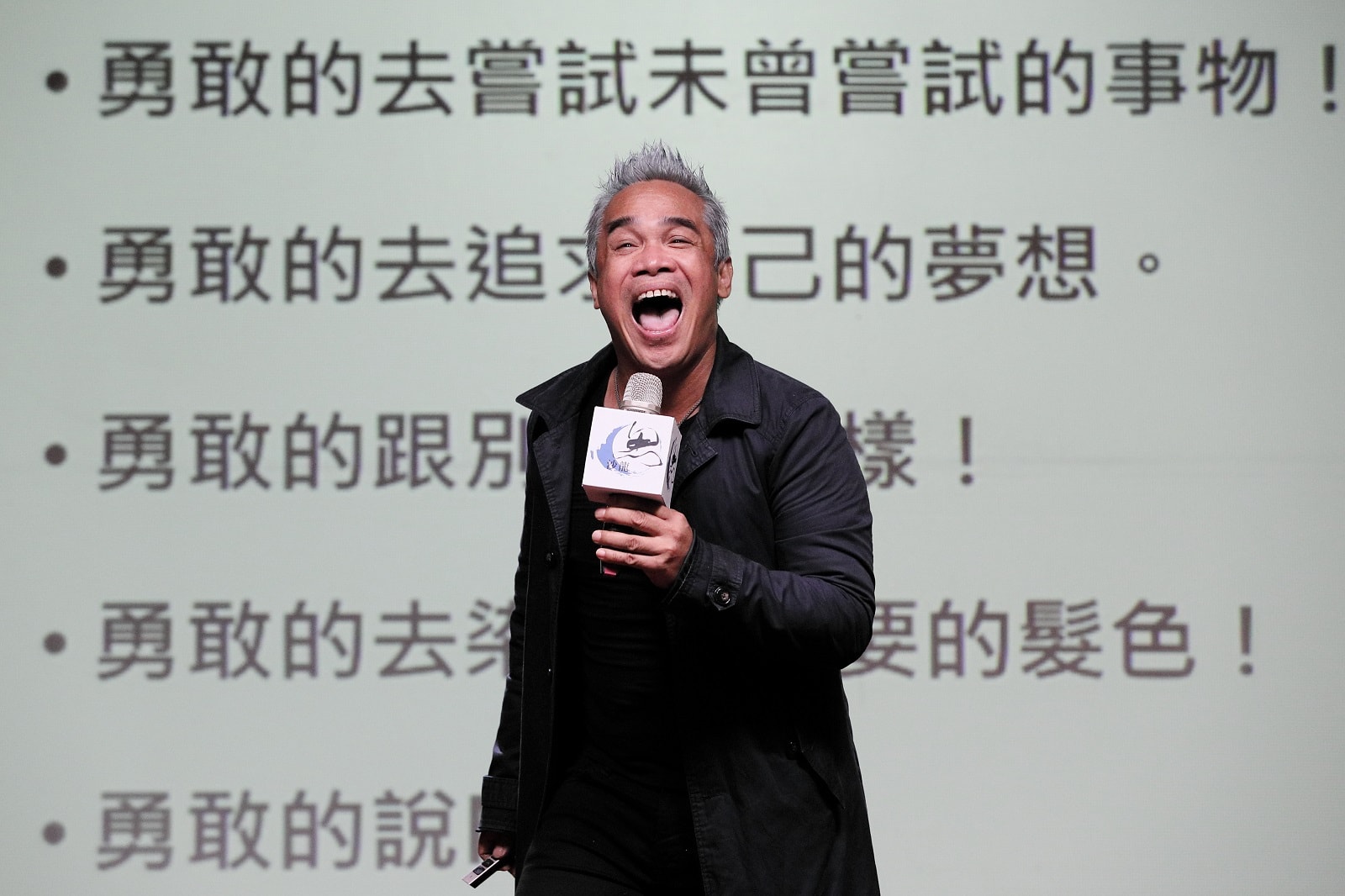
I strongly feel that action is the most important factor in one’s way from dreaming to turning a dream into reality. The world is so big; there are so many unknown beautiful things out there that deserve to be constantly explored and tried. Never let age curtail the dreams.
A Dark Complexion? Your Skin Color is a Blessing!
When living in Britain, I painted Western style paintings in the very beginning. Only when a friend asked me: “Don’t you identify as indigenous people from Taiwan? Why haven’t I seen you draw an indigenous piece?” I realized that I needed to refocus on myself because paintings require emotions, or else they won’t have warmth.
When I returned to Taiwan in 2010, Stanley Yen [then president of the Ritz Landis Hotel in Taipei] told me: “No matter how well you paint in the Western style, you won’t be able to bring out real charm. You need to return to your village to absorb cultural nutrients so that you can present your own culture.”
That moment was a turning point in my self-identification; finally, I had heard my own voice, so at 41 I changed my name from Jamie back to Yosifu.
Before, in Taiwan no one liked dark skin, but when I went to Europe I found out that my skin tone was called honey brown. Many people asked me where I got such an even tan. They didn’t believe that this was my natural skin color.
What Asians consider a dark skin tone is sexy and beautiful in European eyes. Only when I looked at myself again from an international perspective did I realize that the skin color that God had bestowed on me was the most beautiful color.
My major work I Hear Myself expresses how inferior I felt in the past because of my identity. When I started to work, people would call me “huan-a” [a pejorative Taiwanese term for indigenous people]; I suffered discrimination because of my skin color, ethnicity, and language. With the help of many people, I reconnected with my indigenous identity and courageously embraced myself.
From then on, I mainly painted indigenous and tribal village motifs, which gave me more room to paint freely. That’s when I discovered that localization is internationalization. Only when we muster the courage to be different will we be able to bring out our most beautiful self.
Strength Springs from Love and Forgiveness
I have always believed that strength comes from the inside.
Many people have asked me how I managed to find a way out after hitting such a difficult, low point in my life. Every person is different inside. My strength comes from love and forgiveness taught by religion. Only if there is love can you embrace others; only if there is forgiveness can you move forward. But it is actually very hard to muster the courage to embrace people who once hurt you.
I used to have a very bad relationship with my father because he would beat me when I was little as soon as he returned home. When I was in my thirties, I finally forgave him and embraces him. I learned only later that as a child he was also brutally beaten by his father. At just five years of age, he was forced to help with farm work and was not able to attend school.
We cannot demand that people who grew up in a loveless environment embrace themselves, but we can try to understand the story and suffering behind them and learn to make allowances for others.
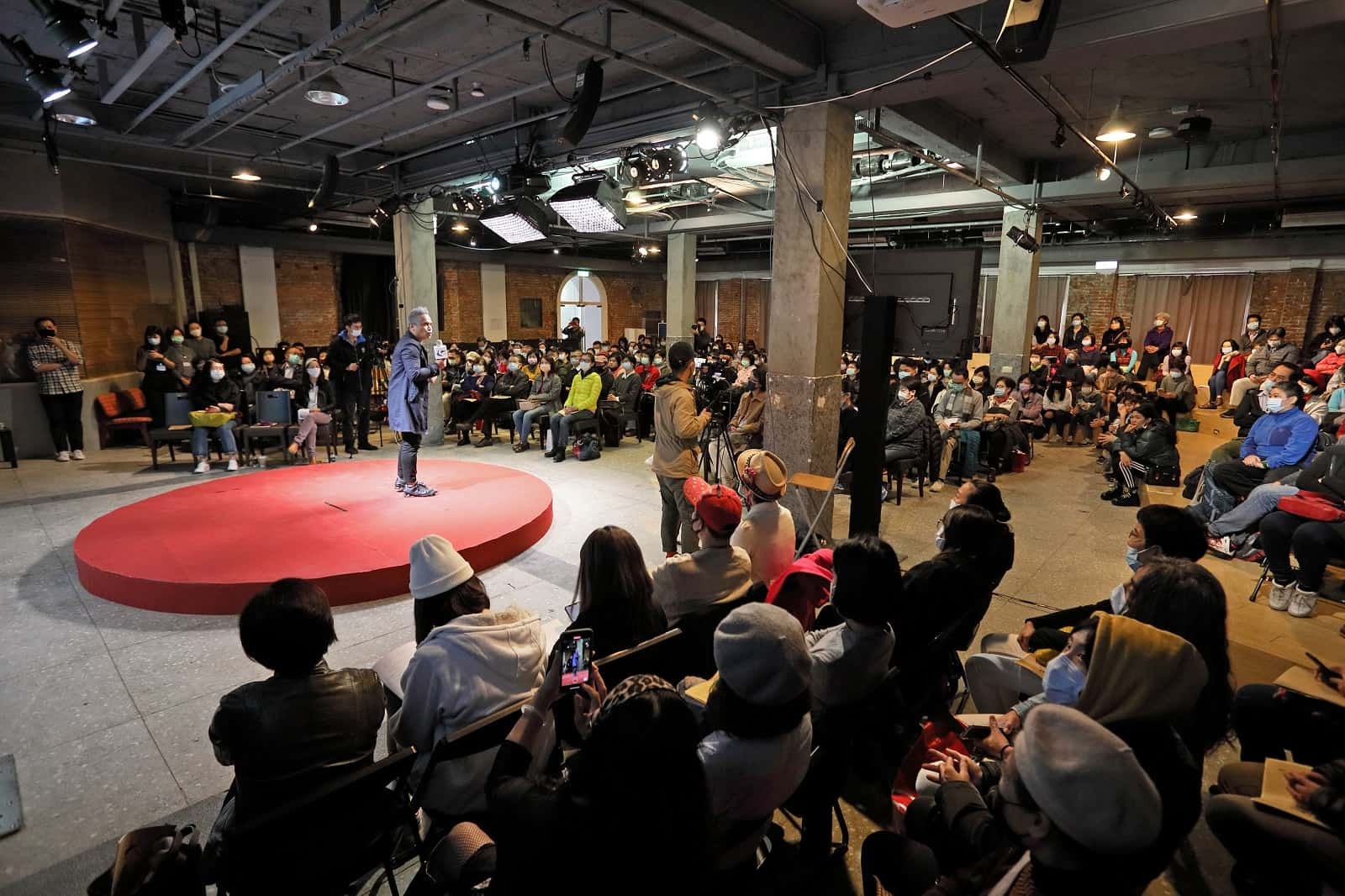
I am an indigenous kid who once lacked self-esteem. But I found out that you can try practicing forgiveness if you look at things with a loving eye.
Forgiving someone who hurt you is very hard, but once you manage to take this step toward forgiveness, no one will be able to hurt you anymore.
When I went to Britain I resembled a piece of driftwood; I experienced a great fear not known before. Yet I would not try to evade it, but steeled myself step by step, since deep inside I knew that only I could help myself. When you are willing to do this, the entire universe will change with you.
During the past few years, as I lived through the changes and challenges of life, I changed from a drifter into a captain who steers the direction of his own life. Initially I left because I was perplexed, but I kept asking myself: “Who am I?” and “Where do I come from?”
Like salmon returning to their home upstream, I realized that I could return to my beloved hometown.
Where does courage come from? Awaken your inner strength, [if you] never try, [you] never know. Don’t forget, the only person who can truly give you strength is you.
This article is reproduced under the permission of CommonWealth English. Original content can be found on their website.



